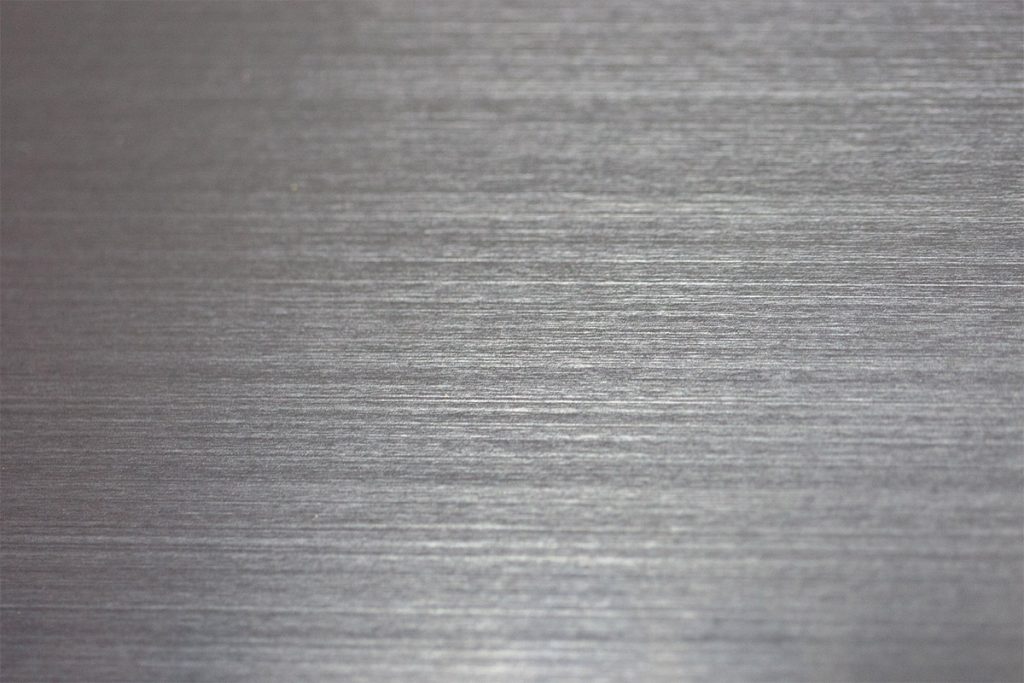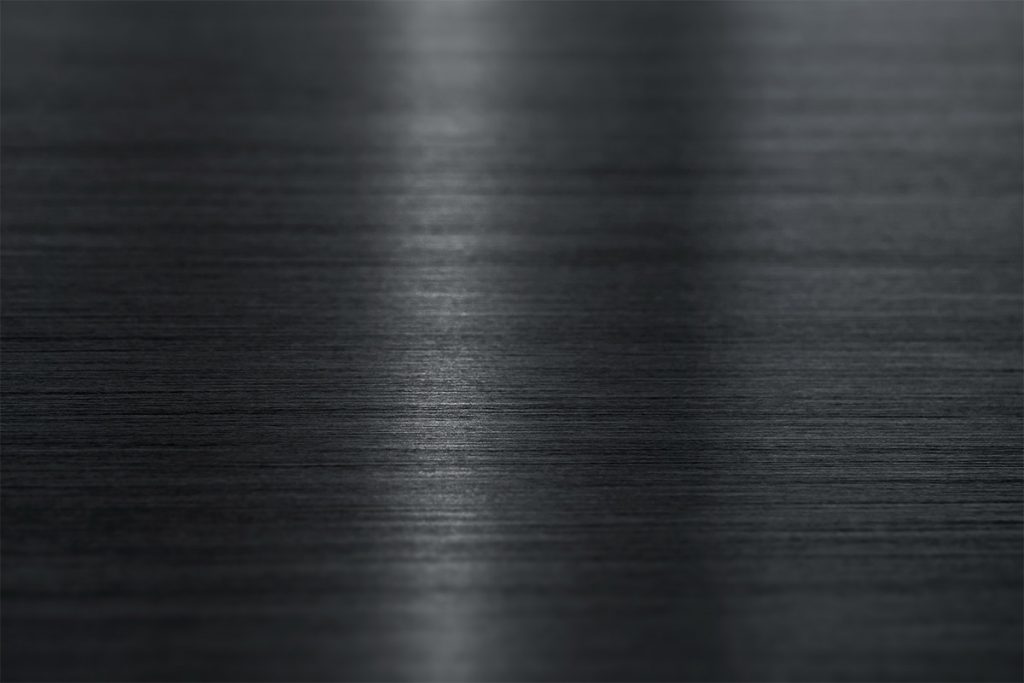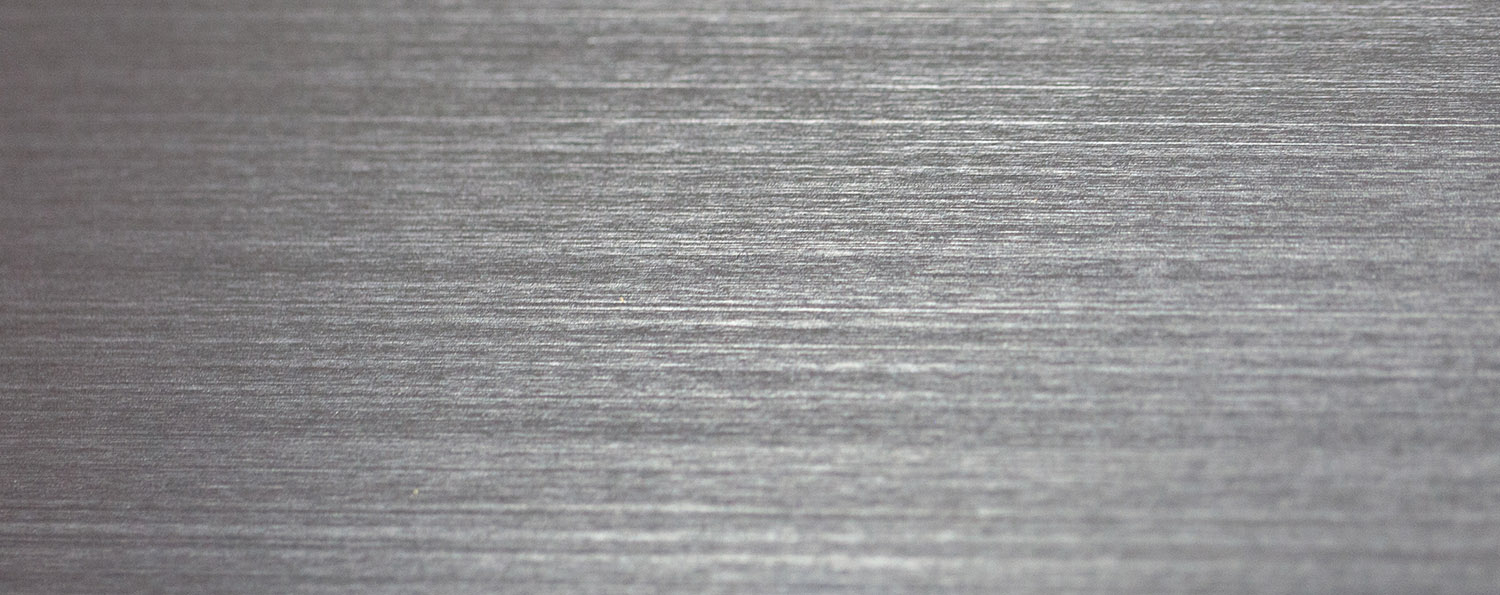Line graining, or linear graining, is the process of adding a uniform surface finish to sheet metal parts. This is done by running the metal through a belt grinder.
Applications for Linear Graining

Line graining adds a directional pattern and grained finish to steel or aluminum parts. Graining removes factory defects such as scratches, mill scale, and surface porosity.
Different sized grit or different types of abrasives may be used to create different graining effects. Industries that may use linear graining include home appliances, aerospace, automotive, food processing, machinery, hardware, and architectural.
Components that require welding or fabrication should be line grained before fabrication, with a touch-up after welding. This usually save costs and improve the quality of the finished products.
We use two Timesaver drum sanders to add linear graining to sheet metal components.
The Equipment We Use For Metal Graining
| Type | Make | Model | Max Width | Uses |
|---|---|---|---|---|
| Dry Grainer | Timesavers | 137-1HPMES | 37″ | Apply linear grain to flat steel or stainless steel parts. |
| Wet Grainer | Timesavers | Lynx 37 MWT-D-60 | 37″ | Apply linear grain to flat aluminum parts. |
How Does Line Graining Work?

A sheet of metal is passed through a belt sander on a conveyor belt. Inside the sander, a belt coated with abrasive spins on two cylindrical drums. The height and speed of the sanding drums is adjustable to leave the right linear pattern on the surface of the metal.
The line graining adds a uniform look and polished appearance to the metal. The sanding and graining process removes any course imperfections, making the sheet metal easier to handle.

